Genealogists flourished in the Middle Ages because feudalism made status and the transference of possessions dependent on family lines. Family lineage was originally transmitted through oral tradition and later through written records. Stone tablets inscribed with family tables have been discovered among the remains of ancient Egypt, Persia, India, and other Oriental countries. The genealogical tables in the Bible are familiar examples of such records. In China some families have kept such extensive and careful histories of their ancestry that, for instance, all the present-day legitimate descendants of Confucius who died in 479 BC, identifying themselves by precise documentation.
When aristocratic descent was of political importance, as it is still in Great Britain, genealogists so influenced every phase of life that they often forged and falsified. Such forgeries have been corrected by the important European publication on genealogy such as Burke’s Peerage and the Almanach de Gotha, which lists all royal and princely families in Europe. Documentary evidence for research into recent family history is obtained from a variety of records; from church registers, showing weddings, christening, and burials; and from the flyleaves of family Bibles, old letters, and similar family papers.
In the United States, interest in Genealogy developed in the 19th century, when many fraternal orders and historical and patriotic societies were founded. The sharing of family genealogies is an integral part of the year-end celebrations for a number of European cultures. Our ancestors are an integral component of our personal heritage. By remembering past family members and their stories we better understand history and ourselves.
Our ancestors are an integral component of our personal heritage. By remembering past family members and their stories we better understand history and ourselves. Genealogy is a priceless heritage and a sacred trust.
Click on any of the titles to open the files.
Heineman Family Genealogy
Family journal reports are the most popular form for publishing genealogy. The report begins with one person, in this report, Peter Lea Heineman, and traces the lineage back 85 generations.
Genealogical Associations
A listing and description of the various genealogical associations that were used to verify the Heineman family lineage and to which I am a member.

Armorial Bearings
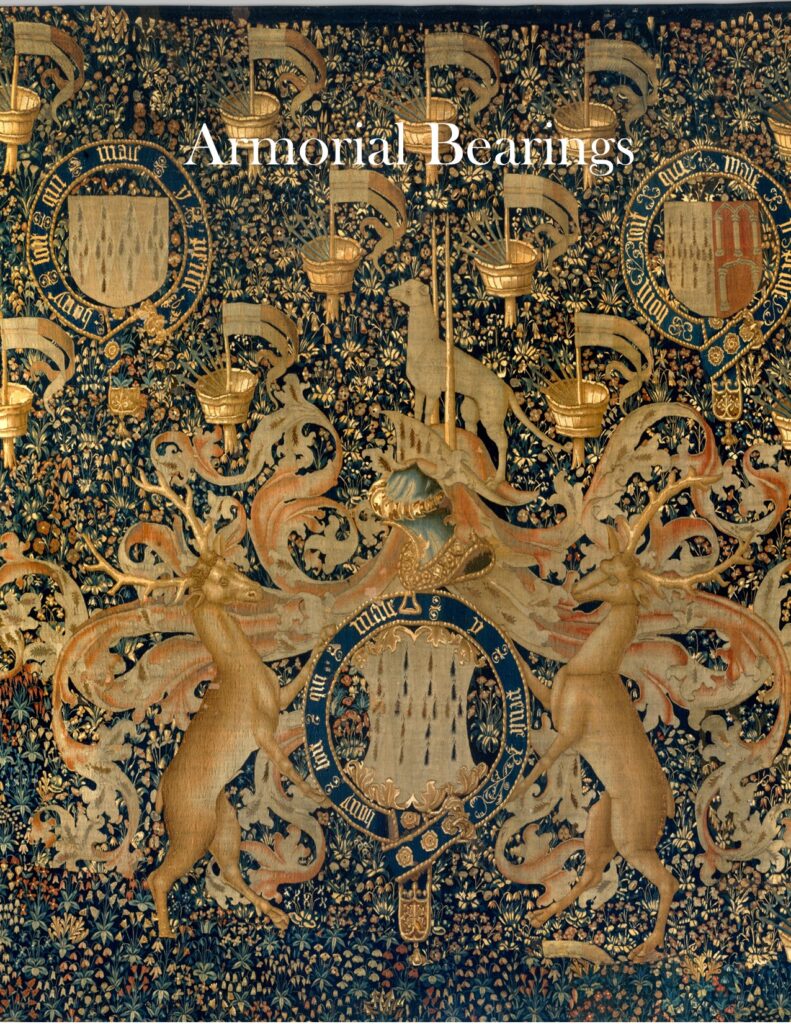
Heraldry has been variously described as “the shorthand of history” and “the floral border in the garden of history.” This link provides a brief overview of the practice of designing, displaying, describing and recording coats of arms and badges. Also included is a description of the Heineman coat of arms registered with the American College of Heraldry and a collection of ancestral arms.
Certificate
Our Royal Ancestors

This publication contains historic maps, a listing of all the rulers and the term of their reign, along with a short biography of each of the Medieval Europe royal ancestors of the Heineman family.
Our Templar Knight Ancestors

The most famous of the Christian military orders was the Poor Fellow-Soldiers of Christ and of the Temple of Solomon (Paupers Commilitones Christi Templique Solomonici, from the council of Troyes), now widely known as the Knights Templar. It was founded in 1118, in the aftermath of the First Crusade of 1096, to help the new Kingdom of Jerusalem maintain itself against its hostile Muslim neighbors, and to ensure the safety of the large numbers of European pilgrims who flowed towards Jerusalem after its conquest.While our family had a number of ancestors who fought in the Crusades, only two are know to have been members of the Knights Templar – Earl William Marshall and Sir Hugh de Morwick.
Our Hospitaller Knight Ancestor

The Hospitallers arose in the early 11th century, at the time of the great monastic reformation, as a group of individuals associated with an Amalfitan hospital in the Muristan district of Jerusalem, dedicated to John the Baptist and founded around 1023 by Gerard Thom to provide care for sick, poor or injured pilgrims coming to the Holy Land. This is the story of one Hospitaller Knight ancestor – Sir Henry de Rishworth.
Our Magna Carta Ancestors

The eight Surety Barons profiled in this report along with King John of England are all ancestors. The lineage from each is shown to the side to make it easier for the reader to comprehend.
Our Huguenot Ancestor

In the 16th and 17th centuries, the name of Huguenots came to apply to members of the Protestant Reformed Church of France, or historically as the French Calvinists. In reaction to the growing Huguenot influence, and the aforementioned instances of Protestant zeal, Catholic violence against them grew, at the same time that concessions and edicts of toleration became more liberal. This is the story of our Huguenot ancestor, Captain Nicholas Martiau.
The History of Names
What’s in a name? Much! The history of names is so ancient that no one knows the beginning of the story. This brief overview lays the foundation for understanding the origins and development of of names.
Noble, Princely, Royal, and Imperial Titles
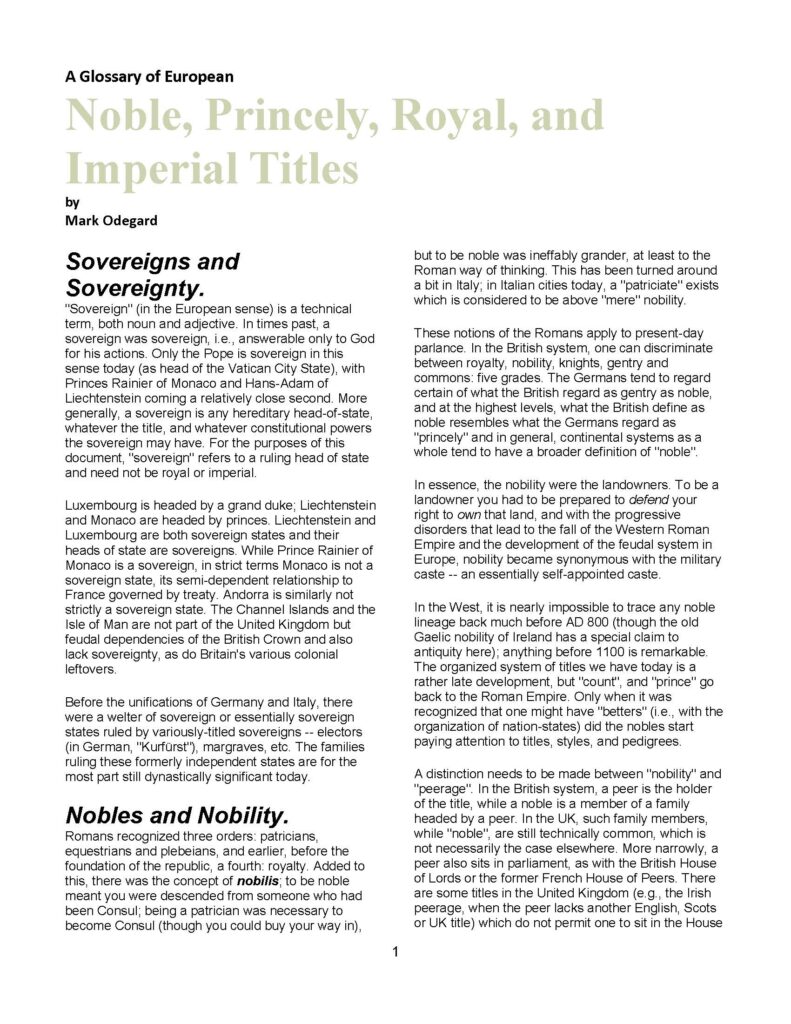
Titles of nobility exist today in many countries although it is usually associated with present or former monarchies. Here is presented Mark Odegard’s glossary of European titles.
Our Confederate Ancestor

This publication contains the biography of our Confederate Ancestor, John William Duggins, Pvt, Company E, 5th MO Cavalry, Gordon’s Regiment, Company H Shelby’s “Iron Brigade.”
Our American Revolution Ancestors
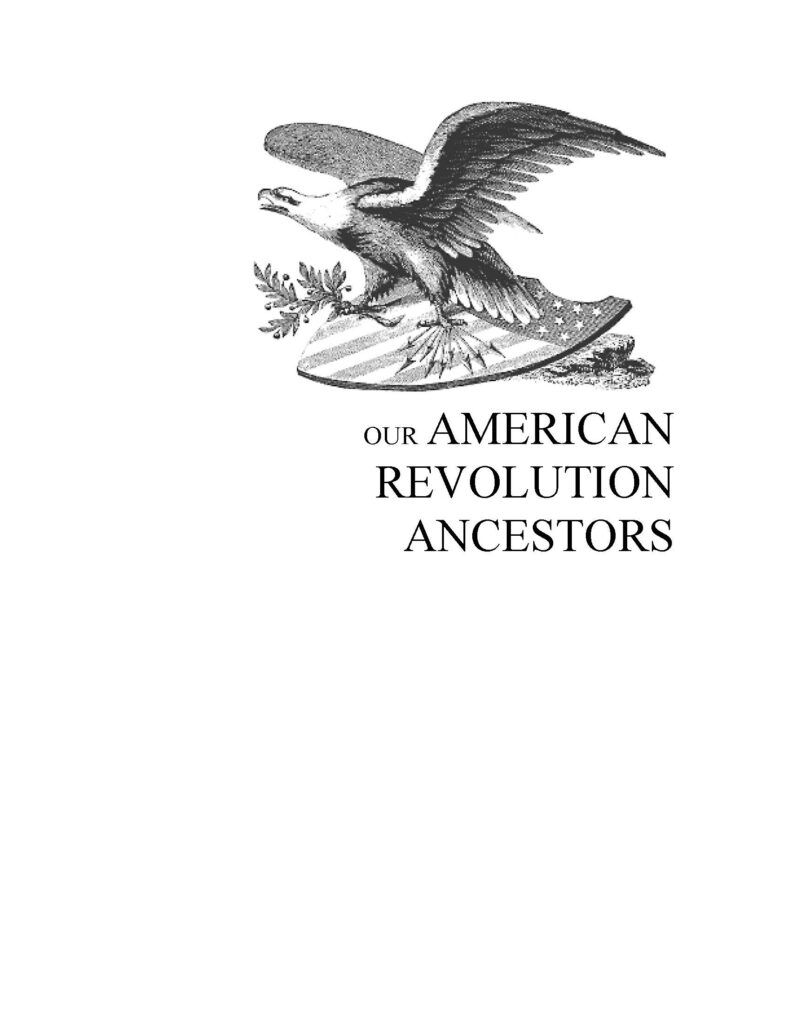
This publication is not a retelling of the history of the American Revolution. It is the biographies of four Heineman Revolutionary War ancestors; Colonel Nicholas Lewis, Lieutenant Hudson Martin, Dr. Thomas Walker, and Private William T. Duggins.
Our World War I Ancestor
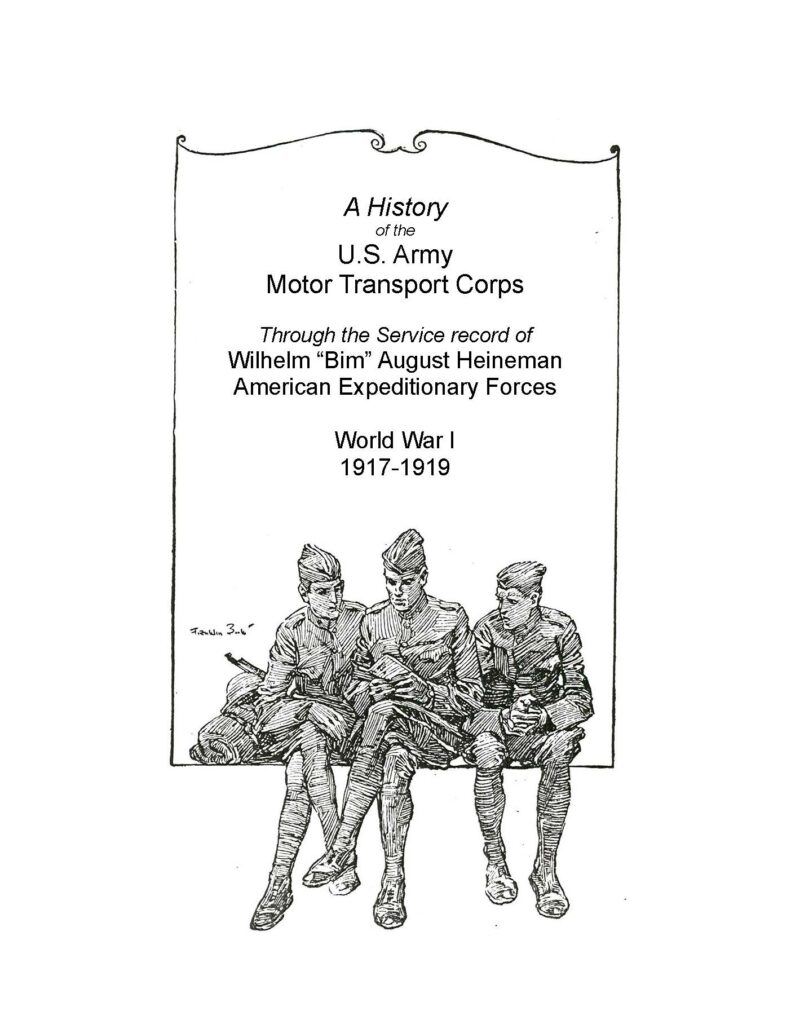
Here is an overview of WWI and the US Army Motor Transport Corps through the service record, letters and postcards home, and photographs of Quartermaster Sergeant Senior Grade Wilhelm “Bim” August Heineman serving with the American Expeditionary Forces. Click here for a presentation of the history of the Motor Transport Corps. Click here to view a collection of photographs. Click here to view a collection of photographs of Wilhelm “Bim” Heineman.
Our World War II Ancestor

In World War II, over 250,00 men served in the United States Merchant Marine. They transported troops, delivered 75% or all military equipment and supplies to and through battlefronts throughout the world, in the face of enemy attacks and violent seas. This is the service record of my father – Peter Edward Heineman – in WWII as a United States Merchant Mariner from 1945 to 1946.
HTML clipboard After Merchant Marine service Peter joined the Iowa National Guard in 1947, Company “C”, 68th Infantry Regiment and enrolled at Culver Stockton College in Canton Missouri in 1947 where he majored in Science. During his college days he played in “jobber bands,” the college marching and swing bands, and the Keokuk Municipal Band. Peter met his future wife Doris Jean Crum at an American Legion Club dance. They married on September 11, 1949, in Keokuk, before graduating from college in 1951.
Dear Doris
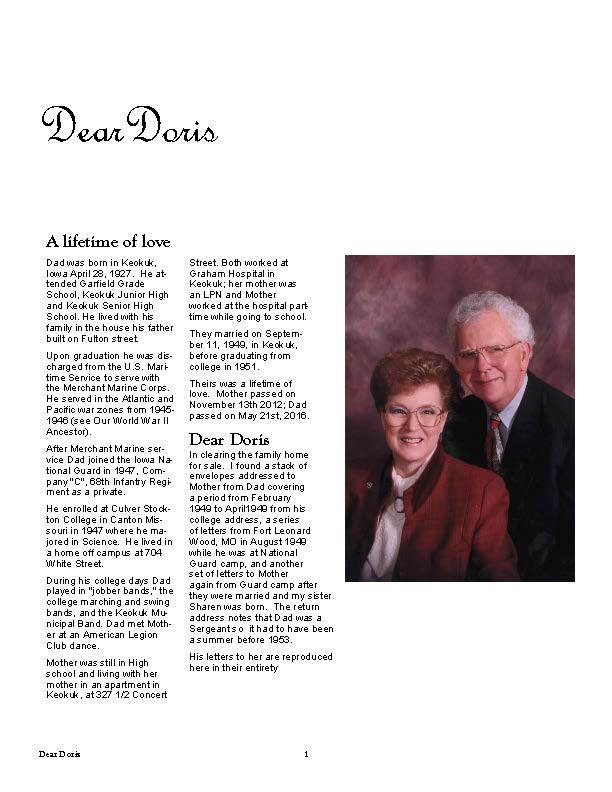
This is a collection of letters from Peter to Doris covering a period from February 1949 to April1949 from his college address, a series of letters from Fort Leonard Wood, MO in August 1949 while he was at National Guard camp, and another set of letters again from Guard camp after they were married and the birth of their daughter Sharen.
Jensen Family Genealogy

A collection of photos and biographies of the Jensen family line.